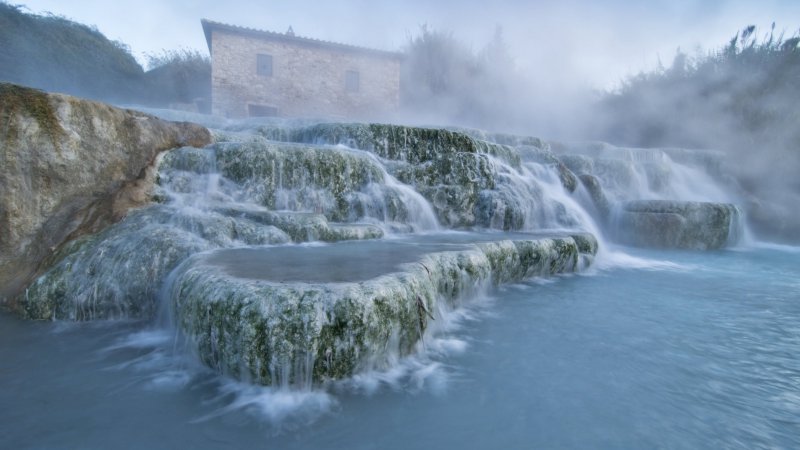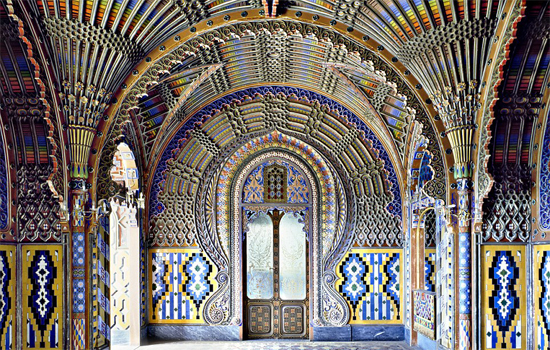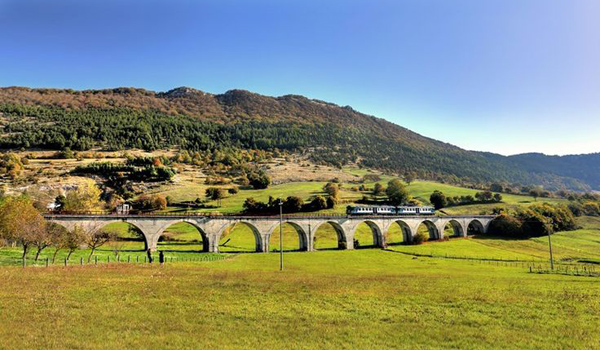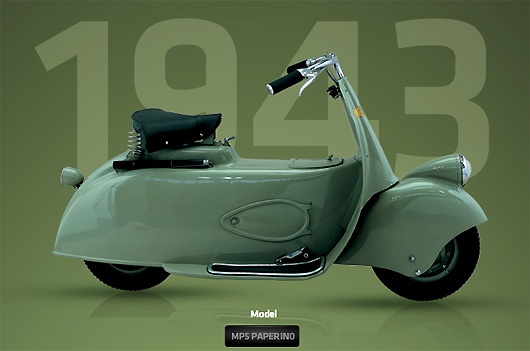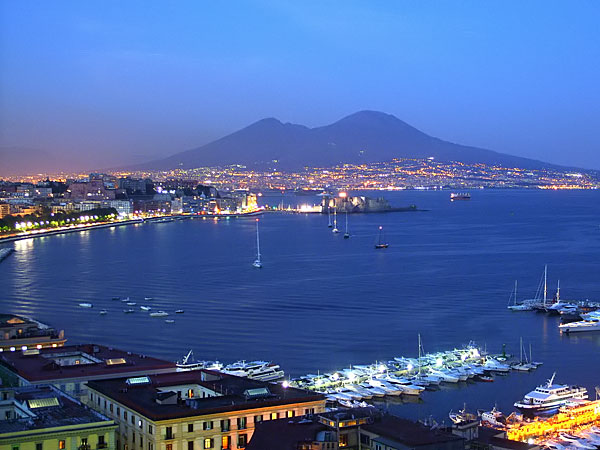13 Dec 2013 Top 10 Spas in Tuscany: luxury relax in Italian countryside
Stopping in Tuscany is the highlight of any tour of Italy. Many travelers are caught up by the artistic charm of Florence and by the exquisite vineyards in the countryside. However, tasting relax in the amazing Tuscan countryside is not impossible. As a break from a hectic tour of Florence, a luxury spa is the perfect solution for a moment of relaxation with your partner and family. Immerse yourself in the ancient Tuscany thermal waters and succumb to real pleasure with the best hot springs in the area, according to us!
Immerse yourself in the ancient Tuscany thermal waters and succumb to real pleasure with the best hot springs in the area, according to us!
Terme di Chianciano Terme di Chianciano deserves a spot on any list of top spas in Italy, thanks to its diverse selection of treatments to its therapeutic properties, which were already famous in ancient times: as a matter of fact, Roman spas and Etruscan sanctuaries were built close to the sources. The local municipality is actually well known for the health benefits that its spas can provide. Travelers like you will for sure want to stop off here to try out the wide range of treatments which this ancient hot spring can offer.


